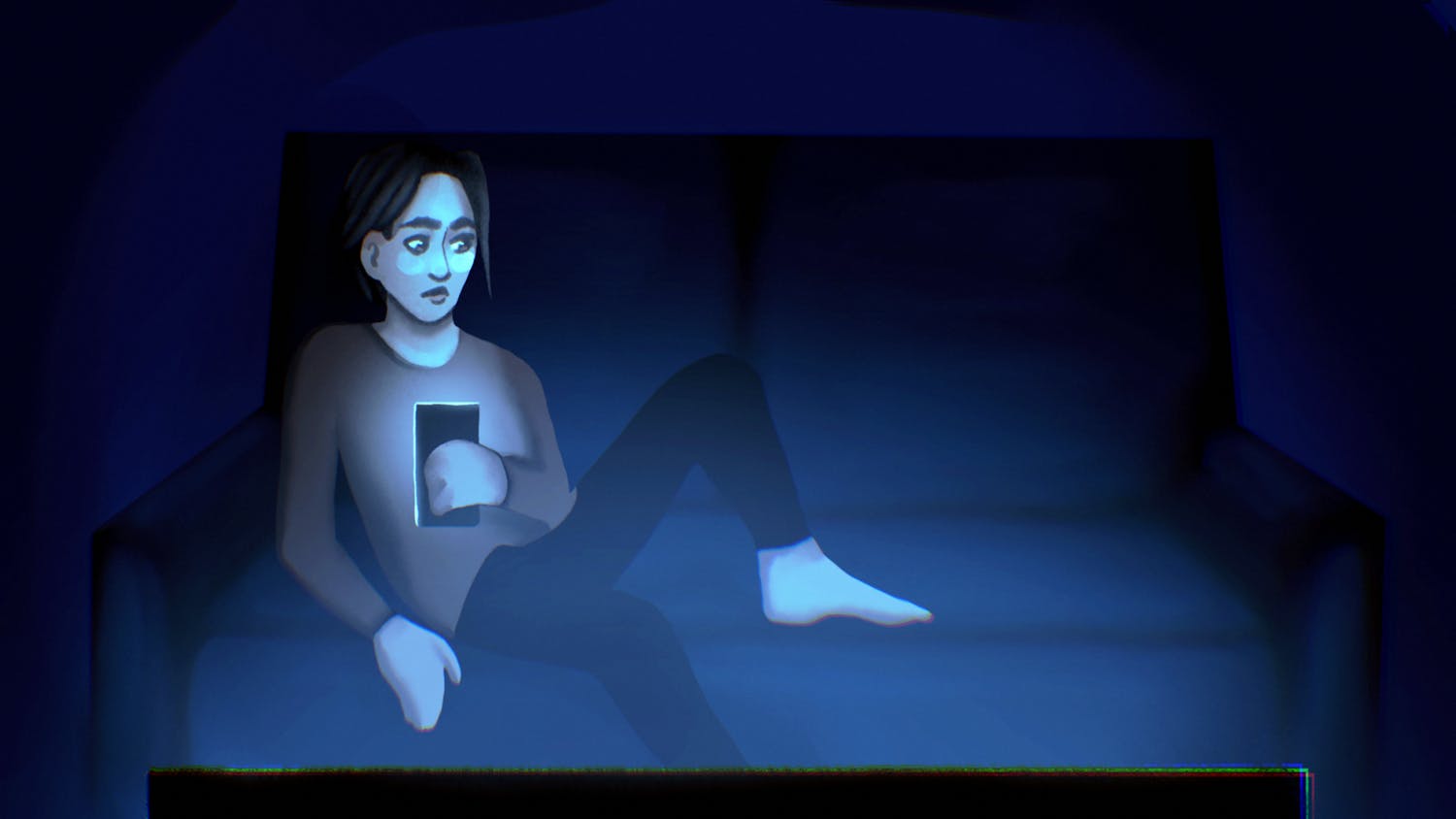By the end of Barbet Schroeder's brief 1978 documentary on Koko, a female gorilla being taught sign language and other aspects of human communication on the campus of Stanford University from her birth in 1971 to this very day, I had fallen in love with the noble beast. Filmed in secret as to avoid legal troubles with the San Francisco Zoo (which technically owned Koko at the time of filming), Schroeder's chronicle asks many tough questions, such as if a gorilla being raised in a humanistic environment has any significant rights, or if raising a creature in such a way is ethical.\nWe're not given any answers, despite Koko's caretaker Penny Patterson's passionate arguments in support of Koko's urban upbringing. Patterson is the most prevalent human presence in the film, and to watch her interact with Koko is to watch a mother with her young child. We learn early on that Koko routinely scores only slightly lower on visual aptitude tests than a human child of her exact age. She recognizes herself as a gorilla in the mirror, and is able to sign over 500 individual words. We look into her eyes and see a cognizant recognition that's simply not present in other animals. It's as if Koko is making her own case for the evolutionary chain being shorter than we know.\nThere is a fascination with Koko that develops by the midway point in Schroeder's film that's hard to resist, and there's always an undercurrent of tension in that at any time the San Francisco Zoo could take Koko from Penny and place her back in true captivity. Ultimately, though, the film is structured very similarly to a National Geographic special, and there's no true filmmaking flair. No matter, since the focus is Koko alone.\nThe only extra on the Criterion Collection's release is a 10-minute interview with Schroeder from this year concerning his feelings on the film and on Koko herself. His thoughts place the movie in a deeper context of human drama and animal rights, but it seems far too brief a reminiscence, and you're left wondering why there are no updates on Koko and Penny today. Still, there are two superb essays included in the edition's 14-page booklet, one from critic Gary Indiana and another homage by Marguerite Duras.\nSchroeder's film is important because it called attention to a young gorilla caught in the continuum between man and nature. The ultimate question posed within these 80 minutes is whether man is somehow dominant over nature, or if we are in fact simply a small part of nature. To observe Koko's actions and mannerisms, even at such a young age, is to realize how undeniable the connection between primates and humans truly is.
An evolutionary documentary
Get stories like this in your inbox
Subscribe





